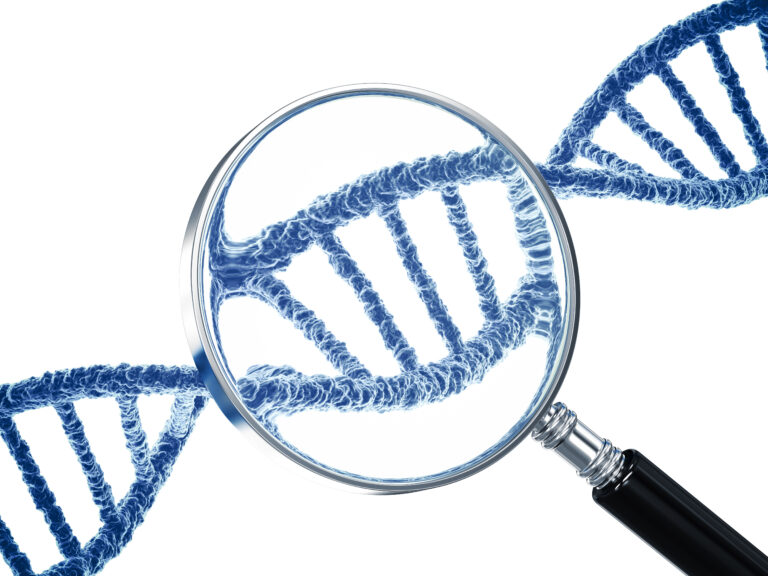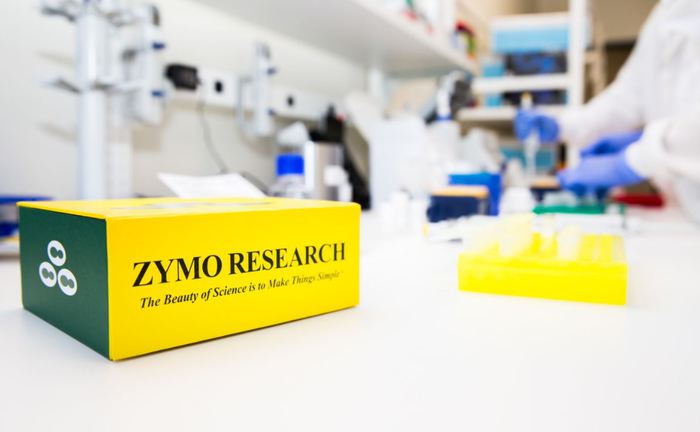- FILTERS Advanced
- Product Type
- Application
- CE / IVD
- Supplier
- EXCLUDE FILTERS
- Application
- CE / IVD
| Name | Art no | Species Reactivity | Application | Conjugation | Size | Price |
|---|---|---|---|---|---|---|
|
Biosite-D5031
|
|
Methylation, Epigenetics
|
|
200 Rxns
|
||
|
Biosite-D5030
|
|
Methylation, Epigenetics
|
|
50 Rxns
|
||
|
Biosite-D5030T
|
|
Methylation, Epigenetics
|
|
10 Rxns
|
||
|
Biosite-D5030-E
|
|
Methylation, Epigenetics
|
|
50 Rxns
|
||
|
Biosite-D5031-E
|
|
Methylation, Epigenetics
|
|
200 Rxns
|
||
|
Biosite-D5049
|
|
|
|
8 x 96 Rxns
|
||
|
Biosite-D5033
|
|
Methylation, Epigenetics
|
|
2 x 96 Rxns
|
||
|
Biosite-D5032
|
|
Methylation, Epigenetics
|
|
2 x 96 Rxns
|
||
|
Biosite-D5032-E
|
|
Methylation, Epigenetics
|
|
2 x 96 Rxns
|
||
|
Biosite-D5033-E
|
|
Methylation, Epigenetics
|
|
2 x 96 Rxns
|

Size Matters! Long-Read DNA Sequencing
Modern genomics seems to be undergoing a shift from using short-read technologies to sequence large numbers of genomes with the aim of detecting SNPs, to sequencing fewer genomes using long-read technologies that can resolve more complex events, e.g., structural rearrangements, copy number variations, and repeat expansions.

Simplify Your Multiomics Workflow with Zymo’s Co-Purification Kits
Genomes, epigenomes, transcriptomes, proteomes, and metabolomes. The list goes on…
In this rapidly evolving ‘omics’ era, researchers are generally becoming less enthusiastic about analyzing a genome, a transcriptome, or a proteome, etc., in isolation. More and more, researchers want to study multiple ‘omes’ in parallel, and one of the most popular combinations nowadays is genome and transcriptome analysis from the same sample.

DNA/RNA Shield™ for Next-Generation DNA & RNA Sample Preservation
Nowadays, the sky is the limit when it comes to the number of ways we can investigate our favorite organism or cell type. ‘Omics’ approaches such as genomics, transcriptomics, epigenomics, metagenomics, and metatranscriptomics have the power to generate massive amounts of valuable information that can help us to better understand biological processes, develop new diagnostic tools, and find new ways to treat diseases.

No PCR Product! What Now?
Since its invention in the 1980’s, PCR has become a cornerstone technique in molecular biology, with research applications ranging from cloning to gene expression analysis, and clinical applications including genotyping and infectious disease diagnosis. PCR is great when it works, but can be painful to troubleshoot when it doesn’t. Although PCR reactions that yield low amounts of amplicon, off-target amplicons, and/or primer dimers won’t leave you jumping for joy when you run your gel, the most painful PCR reaction outcome is one that produces no band at all! Here are our top tips to help you troubleshoot a no-band PCR.

CRISPR/ Cas9 Gene Editing Causes Greater Genetic Damage Than Previously Thought
Knowledge about CRISPR/Cas9 has exploded in the 25 years following its discovery in 1993, to the point where it is now seen as a game-changer in gene editing therapy, by allowing the targeted inactivation of disease-causing genes and the correction of genetic mutations. CRISPR/Cas9’s great potential comes from its proven ability to alter DNA by cutting at specific points and introducing targeted changes at those exact locations.
